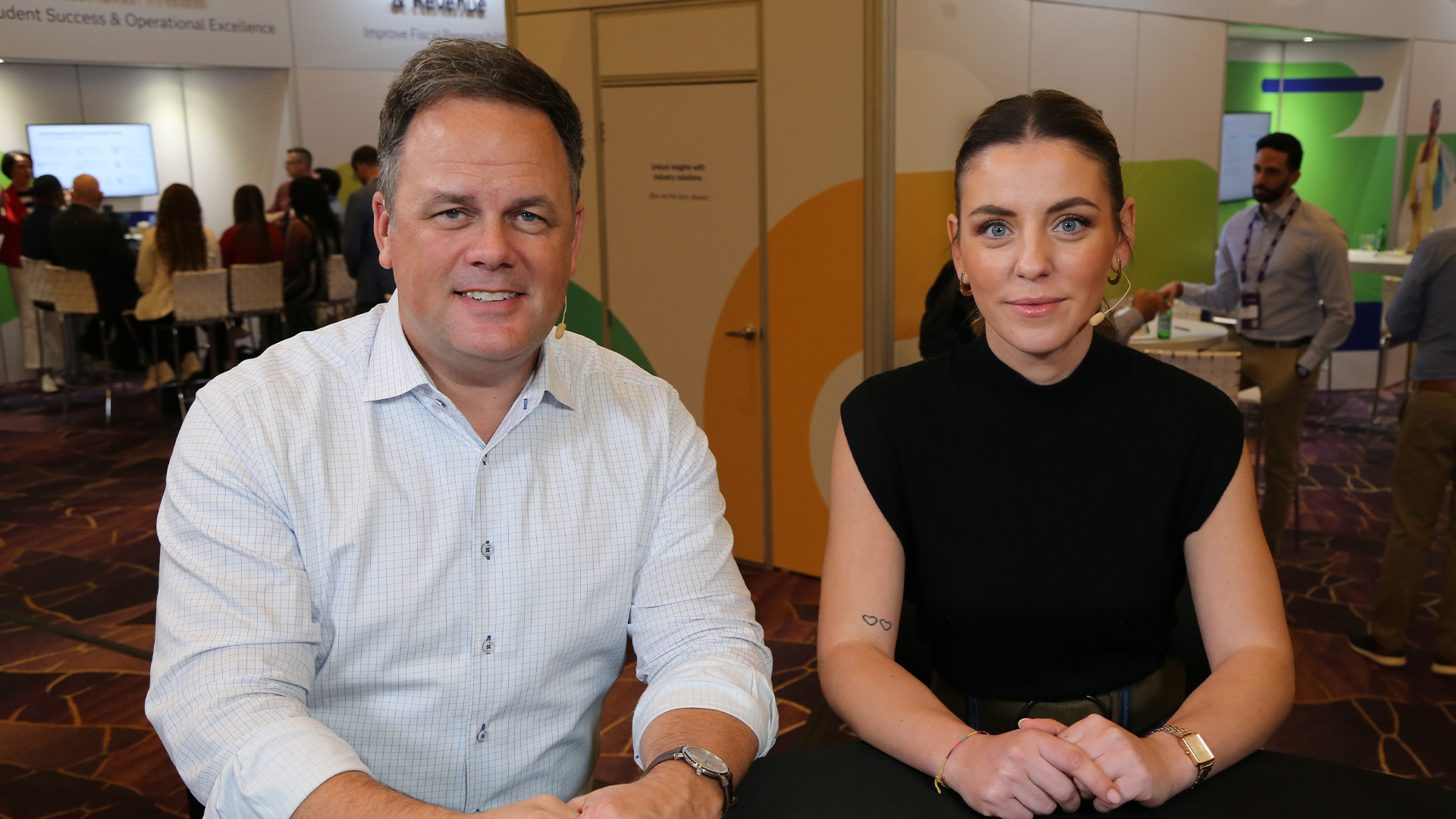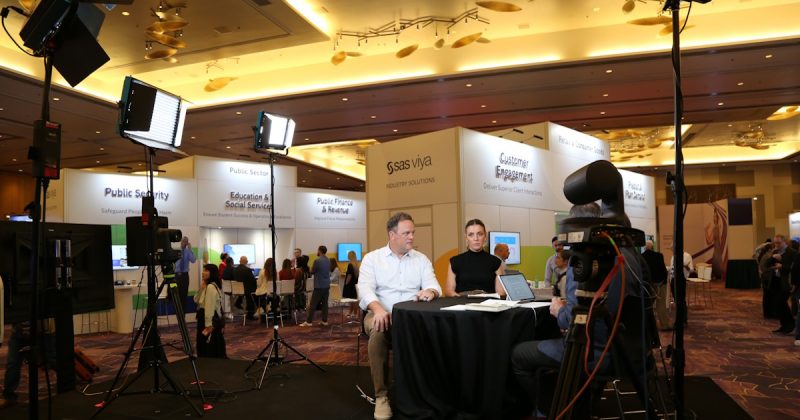 AI
AI
 AI
AI
 AI
AI
As the world eagerly anticipates the next frontier in technology, SAS Institute Inc. unveiled its vision for generative AI and its transformative potential at this week’s SAS Innovate event.
The journey toward AI maturity is fraught with complexities, but the evolving landscape of artificial intelligence is set to have a profound impact on businesses worldwide.
“Generative AI is this new thing,” said Bryan Harris (pictured, left), chief technology officer of SAS. “It’s actually a subset of the larger AI umbrella. The problems being solved by the rest of the AI space are much larger than the problems being solved by the LLM and generative AI space.”
Harris was joined by Marinela Profi (right), global product marketing strategy lead for AI and gen AI at SAS, as they spoke with theCUBE Research’s John Furrier and Dave Vellante at SAS Innovate, during an exclusive broadcast on theCUBE, SiliconANGLE Media’s livestreaming studio. They discussed the key takeaways shaping the future of AI, debunking some of the myths and delving into real-world applications. (* Disclosure below.)

SAS Institute’s Brian Harris and Marinela Profi talk with theCUBE about generative AI at SAS Innovate 2024.
Generative AI has captured the imagination of many, but large language models alone do not solve business problems. The past year and a half have taught a crucial lesson: The technology may be impressive, but its true value lies in its ability to address specific industry needs and deliver tangible results, according to Marinela.
“It’s all going to come down to solving real-world business problems for specific industries and specific people,” she said. “What I’ve been seeing is that generative AI and large language models, in this case, are like 20% of the entire value chain.”
Drawing on real-world examples, such as Georgia-Pacific Corp.’s use of SAS Viya in its plant operations, generative AI serves as a crucial orchestrator within complex workflows, according to Harris. The integration of various technologies underscores the intricate nature of AI deployment in enterprise settings. It’s not just about generating responses; it’s about driving actionable insights and empowering decision-making at scale.
“[Georgia-Pacific’s] plant operations is leveraging generative AI,” he said. “As part of that, they’re getting corrective actions through this generative AI experience that is leveraging SAS Viya to orchestrate across LLMs, orchestrate across quantitative reasoning needs for where we’re interacting with enterprise systems. All of this orchestration happens to give a human language response back to an operator.”
One of the key takeaways is the concept of stored prompts — a strategic approach to managing the quality of questions posed to AI systems. By analyzing patterns and semantically understanding user queries, SAS aims to optimize responses and reduce errors, ultimately enhancing user experience and driving ROI. This nuanced approach reflects a shift toward more sophisticated AI architectures tailored to meet the unique needs of enterprise clients, according to Harris.
“If you remember what database providers want to do, they wanted stored procedures,” he said. “Stored procedures was their way to govern, the way to build optimized queries for databases. So, stored prompts are really just an extension of that entire model. People are doing this in all kinds of use cases to get smarter. You make a prompt that gets an answer. This comes back down to the architecture.”
Looking ahead, SAS envisions a future where AI is not just a tool, but a trusted partner in decision-making. By focusing on real-world use cases, driving innovation with purpose and maintaining a commitment to ethical AI, SAS aims to chart a course toward a more sustainable and responsible AI-driven future.
“Some of these models are self-fulfilling validations … they’re not deterministic,” Harris said. “There’s certain kind of workloads we put against them. We try to measure them on grading these things, but they’re not measured on the enterprises’ actual workloads. Being able to go and say that worked, that didn’t work starts bringing some true in-customer validation endpoints to what are we doing with generative AI.”
Here’s the complete video interview, part of SiliconANGLE’s and theCUBE Research’s coverage of SAS Innovate:
(* Disclosure: SAS Institute Inc. sponsored this segment of theCUBE. Neither SAS nor other sponsors have editorial control over content on theCUBE or SiliconANGLE.)
THANK YOU